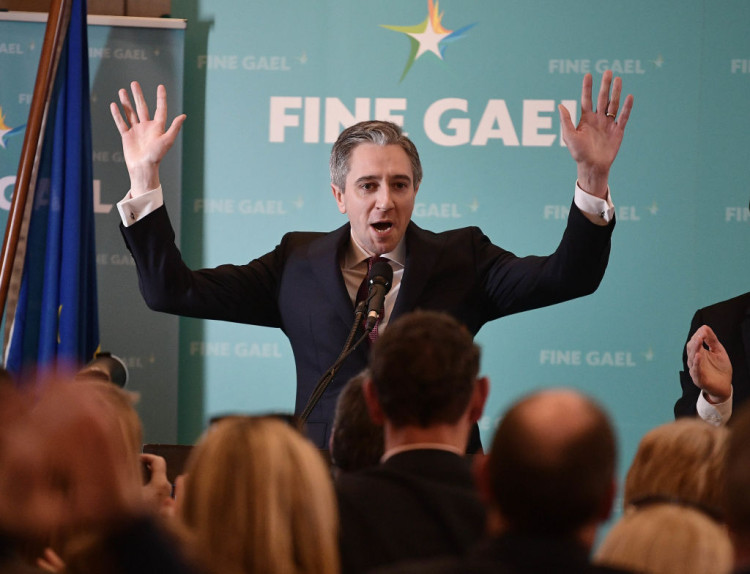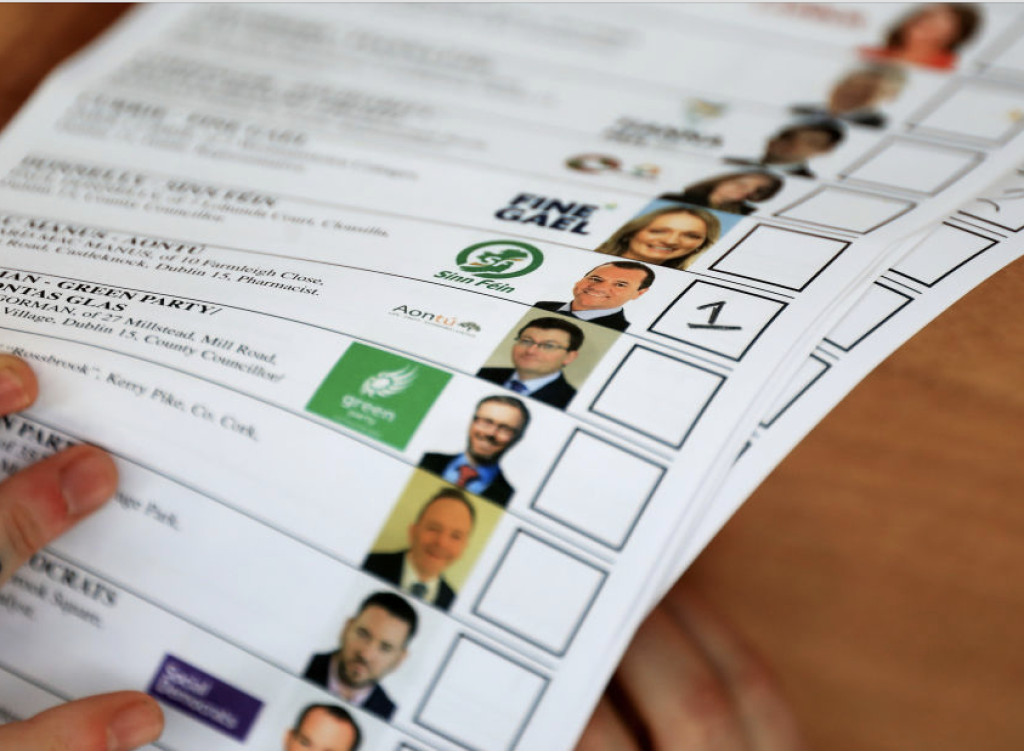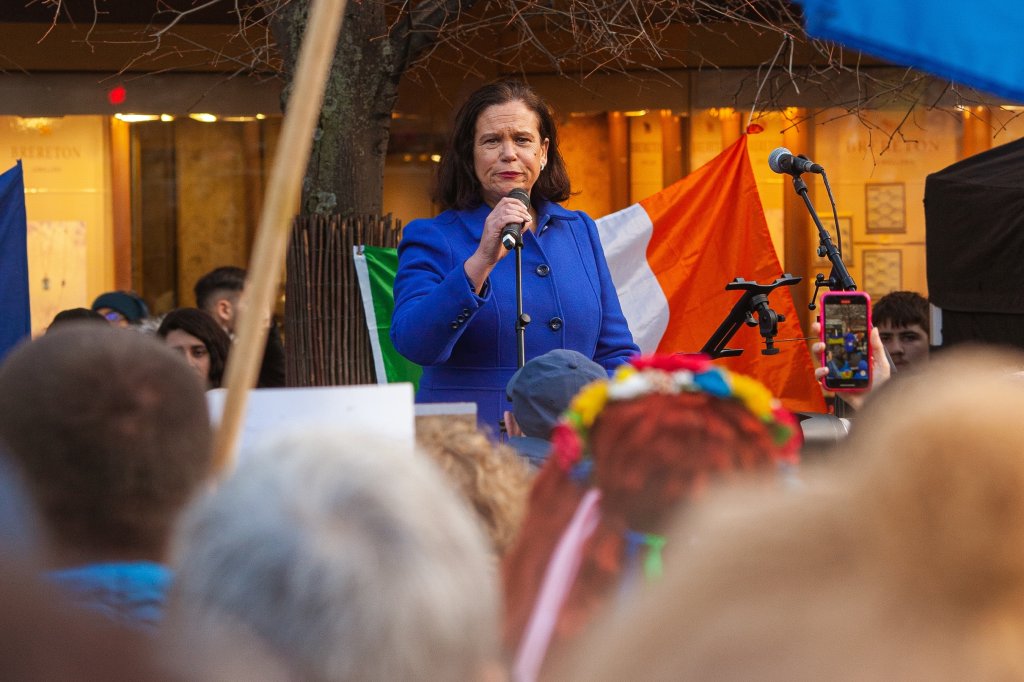With over 800 seats filled in the local elections, the national picture has become clear.
Fine Gael and Fianna Fáil are tied on 23% each, with Fine Gael the slight favourite to take the crown of largest party in local government. Independents and others have had a strong election with a 28% share of the vote, but it is worth noting the wide disparity in the ideological background of their councillors. Sinn Féin is the biggest loser from these election results, polling just 12% of the first preference vote, far below even their lowest expectations. Labour has polled well at just over 5% with the Greens and Social Democrats polling just over 3% respectively.
As we enter the finishing line of the local election results and dive into the three European counts, here’s our analysis on the key outcomes so far from election 2024.
The Winners and Losers
Winners
Independents and others. Despite polling an impressive 22% of the vote in 2019 and winning 197 seats, Independents and others will surpass that seat count in these elections, perhaps ending up just short of the 250 mark. The newly formed Independent Ireland party has made several gains across the country but despite the rise of the far right across Europe, only a handful of anti-migrant candidates have been elected thus far. The broad church that is the Independent and others camp makes it difficult to see how the balance of power will play out at local authority level.
Government parties. Local and EU elections are second-order elections, often used to kick the incumbent Government. But the electorate was kind to the coalition on this occasion. There’s no doubt there has been a clear Simon Harris bounce for Fine Gael and also for the coalition. Fianna Fáil and Fine Gael have polled a combined 46% and with the Greens also having outperformed expectations, the coalition will be happy to have held 50% of the first preference vote. The Fianna Fáil and Fine Gael electoral strategy which involved running less candidates than in 2019 has paid off with most of their candidates making it over the finishing line. The advantage of local incumbency also played a huge role in the centre holding.
Losers
Sinn Féin. A forensic analysis will take place within the party over the coming weeks. While much has been made of the party running too many candidates, the party’s low first preference vote (11.8%) is significantly below recent polling. This was compounded by the excess candidates splitting the smaller Sinn Féin vote. Nowhere was this more evident than in Mary Lou McDonald’s home turf, where Fine Gael outpolled her party, and they returned just one councillor out of four candidates.
What else may have caused the slump? Sinn Féin can take some comfort from the low turnout (49%) for these elections and the expectation that an additional 15% of the electorate are more likely to come out in a general election. Sinn Féin will need to mobilise its votes and win back those who have switched to Independents and smaller parties this time around.
An interesting takeaway is Fine Gael outperforming Sinn Féin in the 18-34 age cohort. 21 per cent of women and men in this age category voted for Simon Harris’ party whereas Sinn Féin only recorded 12 per cent and 13 per cent in this cohort. This is the cohort most impacted by the housing crisis and if Sinn Féin is to lead the next Government, it will have to reemerge as the clear preferred party of choice, or it is destined for the opposition benches again.
Opinion pollsters. While recent polls pointed to a slump in support for Sinn Féin, none of the main opinion polling companies detected anywhere near the 12% support garnered by Sinn Féin in the local elections. The party may score below that in the European elections with a disappointing performance in Midlands-North-West. Similarly, the average support being recorded for Fianna Fáil in polls was 15-16%, substantially below their 23% vote in the European elections.
Micheál Martin rightly took aim at opinion polls on Saturday during an interview with Newstalk; “If people believe in their polls, then either Fianna Fáil has had a breathtakingly good campaign, or polls are not as accurate as being put forward… I would now in advance of a general election, advise that we'll have a greater deal of realism around polls.”
Impact on General Election
One of the key questions following the vote is the extent to which the results impact the timing of the general election. It’s now more likely the Taoiseach will call an election following the Budget in October. While both the Taoiseach and Tánaiste have again reiterated their intention to run the full course, the simple politics of an earlier election is too enticing for senior ministers to ignore. Minister for European Affairs Jennifer Carroll MacNeill did not hold back her view on the national airwaves over the weekend when she expressed a clear preference for an election campaign this year. Leo Varadkar also admitted his party would have fared better had he gone to the country in late 2019. The Department of Finance has urged other departments to get their budget submissions in earlier than usual: senior civil servants also know what way the wind is blowing.
The Government could be accused of missing an open goal by going the full term for the sake of an extra few months in office. A spring election would occur at the time of the annual hospital trolley crisis. Furthermore, there is the complication of as many as 5 by-elections being held in the next six months as a result of TDs being elected to the European Parliament.
And that’s before considering the unknown of what could crop up. As former Taoiseach Albert Reynolds put it; “It's the little things that trip you up.”
However, it would be naive to think Sinn Féin is out of the picture. The party bounced back from a dismal local and European election vote in 2019 to win the most first preference votes in the 2020 general election. Momentum matters and voters like to back a winner. Sinn Féin will need to regroup and come out swinging.








